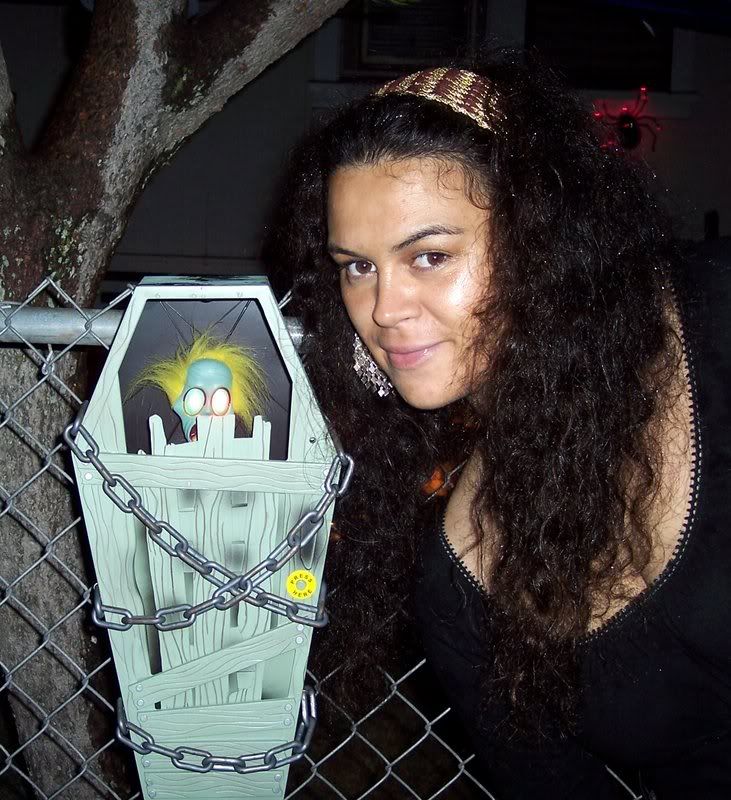I had a few articles to read about the Pan-Pacific zoo since humans did not show up alone with their canoes. I'm trying to turn it into something funny here because I HATE rats, I have some limited sympathy for pigs and none at all for chickens but i love dogs..so, humans brought their stock of plant materials as well but I keep that green part for later since agriculture in general and in the Pacific in particular fascinates me and it deserves an entire blog.
Let's keep the zoo-circus going for now and focus on our four-legged friends (oops, the chicken is bipedal but never mind…) : I had to read these things about rats and pigs bones (yes, I did it….) and how they can give us some insights about human colonization in the region.
I briefly summarize the facts here for my brain’ sake and your information.
Let’s begin with the ugliest one for this morning, our friend the RAT, who probably invited itself to the party, by the way. It was an occasional snack or even worse, a regular source of extra-protein (gloups…) for people.
Its lovely nickname is Rattus exulans and even sexier, ‘iore in Tahitian, kiore in Maori, ‘iole in Hawaiian, etc…
Before I start, the sources :
Wilmshurst, J. M., Higham, T. 2004. Using rat-gnawed seeds to independently date the arrival of Pacific rats and humans in New Zealand. The Holocene 14:801-806.
And http://www.wikipedia.com/, type rattus exulans + Pacific
It is the 3rd most widespread specie of rat on the planet after the brown and the black rat. Rattus exulans was either introduced on purpose by humans or again, invited itself onboard.
Maybe one day, I should share the story about how the proud descendents of R.E invited themselves into MY kitchen in Tahiti and how they became a source of joy for my doggy and a pure nightmare for us. Then, you’ll understand better my chronic reluctance to these little crawling things.
Anyway, R.E cannot swim very far and since it came along with humans, it is an interesting factor helping to track human colonization on the region.
Apparently, R.E. is omnivorous and has a good appetite, given the damages that it did on the environment in the region.
What I was reading is a controversy about the arrival of rat in New Zealand. Someone suggested (Sutton, 1987) that R.E showed up very early, around A.D. 0-150, but recent studies on gnawed seeds proved it wrong. The idea was that R.E. and his friends landed in Aotearoa once upon a time early in the 1st millennium A.D. with the “1st” humans walking on this land. These guys did not stay long and/or perished/left and never came back while R.E. and friends stayed and partied for a few more centuries until humans came back (when the cats are gone…le chat parti, les souris dansent…).
It seems that the story was quite different. The infamous seeds studied bear special marks that are made only by R.E. lovely teeth.
Samples were taken from 3 coastal sites, ideal locations for 1st landings and settlements and dated.
The results match with more recent results about early settlement in Aotearoa : 13th century !!
It means that Rattus exulans, friends and family very probably came on the same va’a with humans and had to share the new land with them, which they did pretty well given the long survival of these horrible little things.
Last detail before I close the chapter, the interest of this particular study with seeds is that rat bones make problems for dating purposes. The reasons are not completely well understood but it has to do, partly, with their diet.
Next time, it will be the Pacific babes’ turn to run the show. After the lecture part, I’ll have an interesting story to share about pigs, karma and marae in Tahiti or how a descendent of Sus scrofa had an amazing social promotion on the most sacred part of a marae somewhere in Paea at the end of the 20th century. Ok, I start to disgress, time to go, nana..


No comments:
Post a Comment